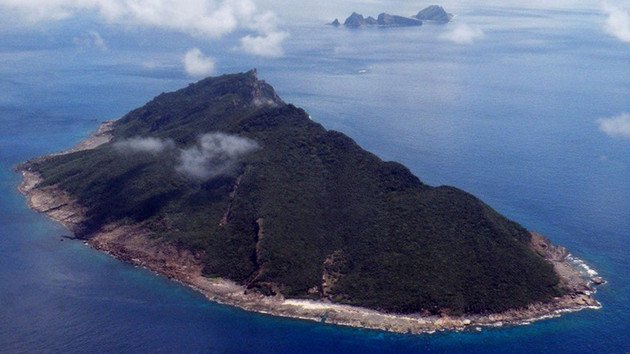The Rise of a more Combative China- Territorial Disputes and more

In October 2017 Chinese President Xi Jinping presented his new 2050 vision for China, which entails a two-stage goal that will see China become a top innovative nation by 2035 and a nation with global influence by 2050. A major goal which the Chinese President highlighted was safeguarding the country’s territorial integrity and building a ‘world-class army’ that can ‘fight and win’. This rings alarm for the many countries that are embroiled in tense border and maritime disputes with China.
In 2017 China was engaged in a bitter 72-day military confrontation with India at Doklam. It also asserts supremacy over almost the entire South China Sea, despite the rival claims from countries including Vietnam, the Philippines and Malaysia. However it is the dispute simmering in the East China Sea that puts forth China in its new image, which is more combative.
East China Sea- the case of the Senkaku Islands
The bone of contention in the East China Sea between China and Japan are about the eight uninhabited islands known as Senkaku islands in Japan and the Diaoyu islands in China. These islands lie to the north-east of Taiwan, east of the Chinese mainland and south-west of Japan’s Okinawa prefecture.
Claims and counter-claims
The islands had been first incorporated into Japanese territory in 1895. After the Second World War these islands came under the trusteeship of the United States and were returned to Japan in 1971 under the Okinawa reversion deal. The islands are significant due to their proximity to important shipping lanes, rich fishing grounds and potential oil and gas reserves. Japan claims that it is only since 1970s when the issue of oil-resources in the area emerged, that China and Taiwan started pressing their claims for these islands.
China however, claims that these islands have been part of its territory since the ancient times, administered under the province of Taiwan.
Present and Future
Early in January 2018 a foreign submarine was spotted near the uninhabited Senkaku islands. According to Japan a large warship entered contiguous waters around the islands and a submarine was also located there, although neither entered Japanese territory. Meanwhile Beijing stated that since the islands belonged to China, it was conducting ‘surveillance over the activities of the Japanese side’.
Last year China stepped up its construction work in the South China Sea despite having agreed to establish a code of conduct for the disputed region. Reports revealed China building several facilities around the Spratly and Paracel islands. These islands are controlled by China relying on the nine-dash line to mark territorial claims that extend roughly 1,000 miles from the nation’s southern shores. Chinese constructions continued unabated even though Philippines and Vietnam also claim ownership to certain parts.
The larger dispute at the South China Sea, the Senkaku islands or the confrontation at Doklam are all recent examples of impending territorial and boundary disputes, wherein concerted efforts are being made by China to alter the existing status quo. All this coming with China’s vision 2050 might herald an era of belligerent territorial rows in Asia.
Congratulations @visionpolitic! You received a personal award!
Happy Birthday! - You are on the Steem blockchain for 1 year!
Click here to view your Board
Congratulations @visionpolitic! You received a personal award!
You can view your badges on your Steem Board and compare to others on the Steem Ranking
Vote for @Steemitboard as a witness to get one more award and increased upvotes!